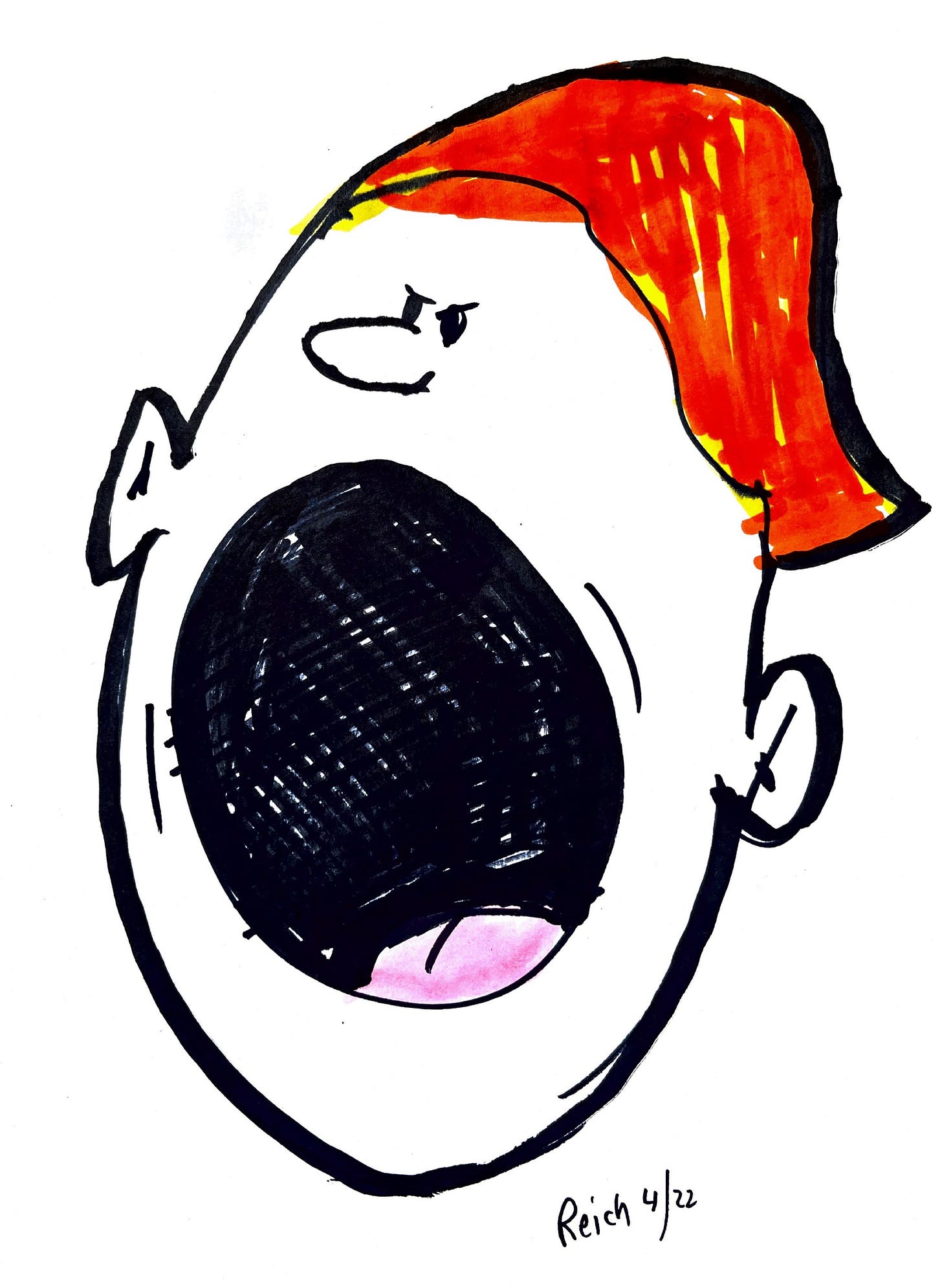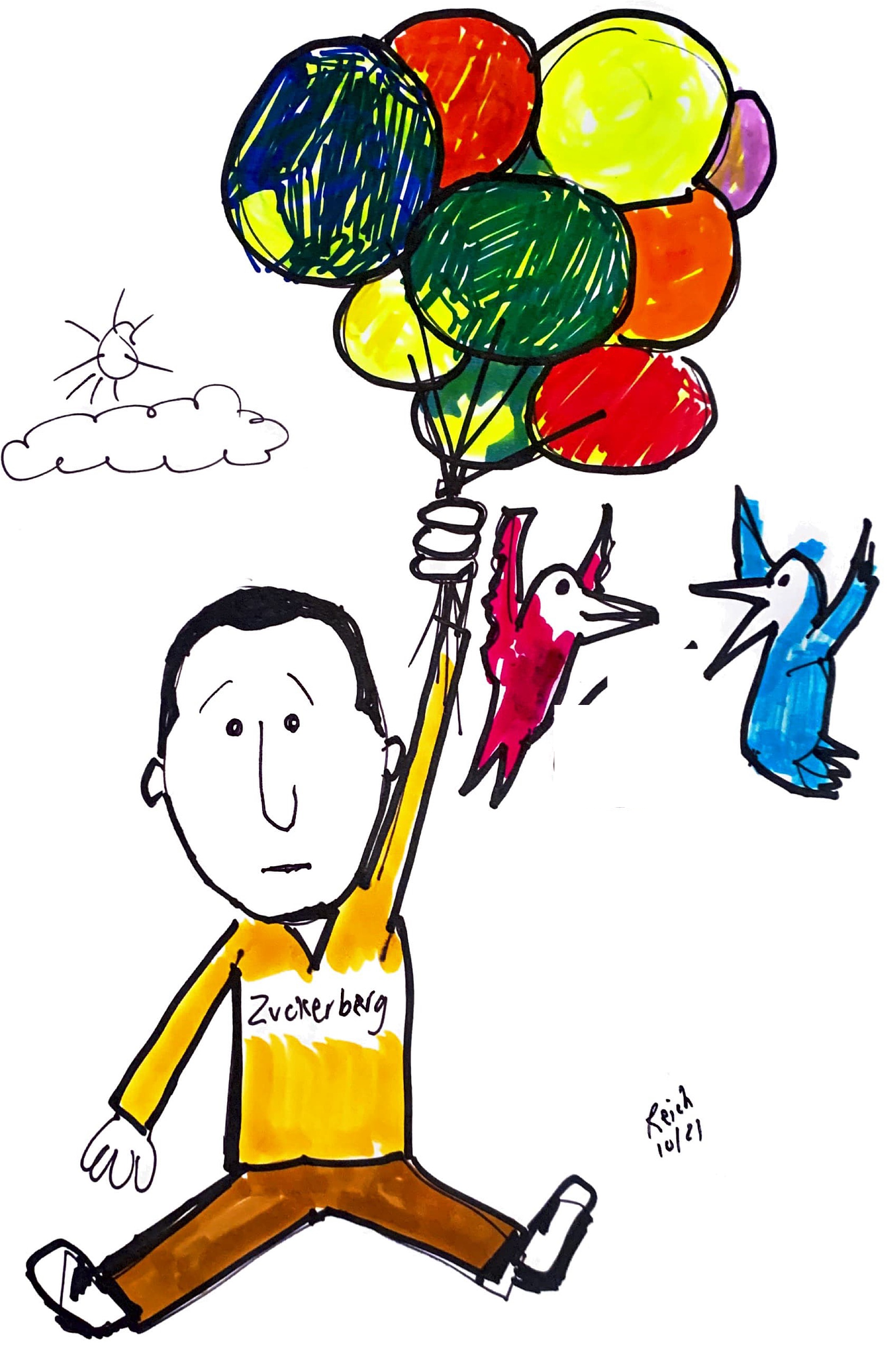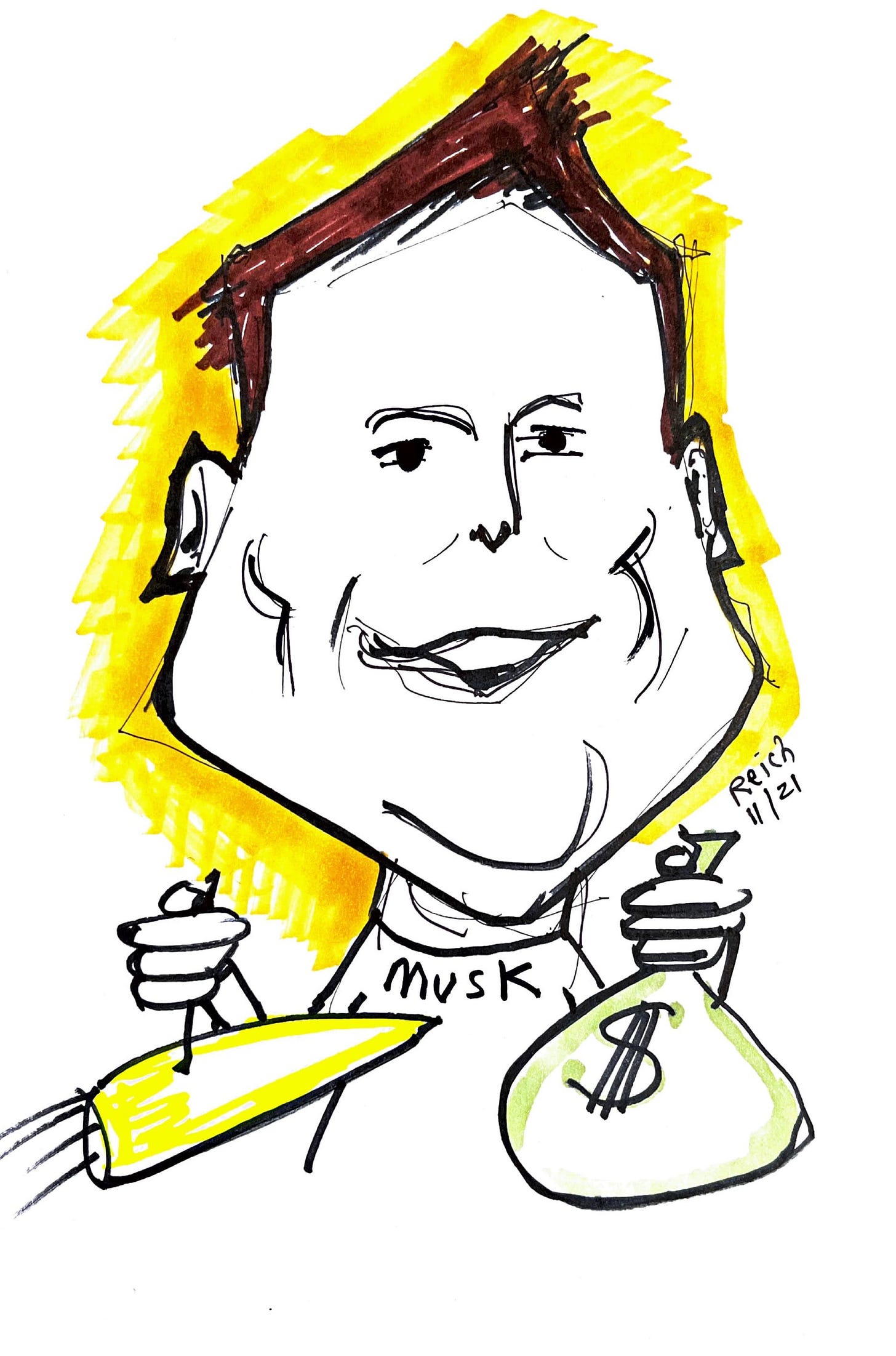Friends,
America is heading into a presidential election in which Donald Trump is basing his candidacy on two Big Lies — that President Biden stole the 2020 election from him, and that Biden is orchestrating a prosecutorial witch hunt against him.
So you might think the social media companies that in 2020 responded to Trump’s first Big Lie by removing him from their platforms would at least continue their practice. Right?
Wrong.
YouTube has announced that it will no longer remove videos that say the presidential election in 2020 was fraudulent, stolen, or otherwise illegitimate.
The Google-owned video platform nonsensically argues that it had to balance protecting users from lies with protecting “open discussion and debate,” and because it did not wish to “curtail political speech without meaningfully reducing the risk of real-world harm,” it’s now reopened to Trump’s first Big Lie.
Hello?
Facebook’s (Meta’s) policy is even less coherent. In January, it announced that it would reinstate Trump’s Facebook and Instagram accounts, arguing that “the risk to [public safety] has sufficiently receded.”
Really? What planet are you inhabiting, Zuck?
Trump’s team has been posting to Facebook regularly since then, including Big Lie #2 — that his arraignment on possession of classified documents is “a continuation of the greatest witch hunt of all time.”
Don’t even get me started about Elon Musk.
Since taking control of Twitter in October 2022, Musk has had no qualms about posting election-related disinformation, even sharing links containing dubious claims. And restoring the accounts of prominent election deniers.
Despite Musk’s recent assurances that tweets asserting that the 2020 election had been stolen “would be corrected,” the Associated Press noted that “Twitter posts that amplified those false claims have thousands of shares with no visible enforcement.”
Of course there’s no visible enforcement. How can there be any enforcement when Musk has fired almost all the enforcers?
Musk reinstated Trump’s account last November, but Trump has not posted anything so far, probably due to an agreement to post primarily on Truth Social. But that agreement expires this month, and Trump has suggested he may move back to Twitter, which was a crucial part of his 2016 campaign.
Let’s get real. Trump’s Big Lie isn’t over. It’s metastasized into his bid for reelection, along with Big Lie #2. Trump and most Republican lawmakers are using these Big Lies to gain money and votes for 2024.
The direct harms to the public are not receding. They’re compounding.
Worse, Big Lies on social media are magnified through algorithms that give viewers vast multiples of them.
One study found that users who were already skeptical of election results were shown three times as many election denial videos as those who were not.
Not long ago I spoke with a Trump supporter who told me he believed the 2020 election was stolen and that Biden’s “deep state” was persecuting Trump. I asked him why he believed these things. He responded, “Are you kidding? I see and hear it everywhere.”
That’s the problem in a nutshell.
If these giant platforms are intent on allowing Trump’s two Big Lies to warp the minds of even more Americans in the months leading up to the 2024 election, they must be either broken up or regulated. Period.
So glad you can be here today. As before, if you’re receiving this free of charge, please consider a paid subscription or paid gift subscription so we can do even more.






Trump is an albatross around the neck of this country. It’s past time to cut ties with his nonsense and quit tacitly promoting him by reporting on his antics.
Repeal Section 230 of the 1996 Telecommunications Act. It gave Internet “platforms” total immunity from prosecution for libelous content they posted. Unlike traditional media — TV, newspapers, radio — social media can post any lie, any slander, any libel, and no one can sue them. Repeal Section 230 — as Congress is slowly slowly considering — let a few lawsuits fly, and social media will begin to take responsibility as publishers, not “platforms.”